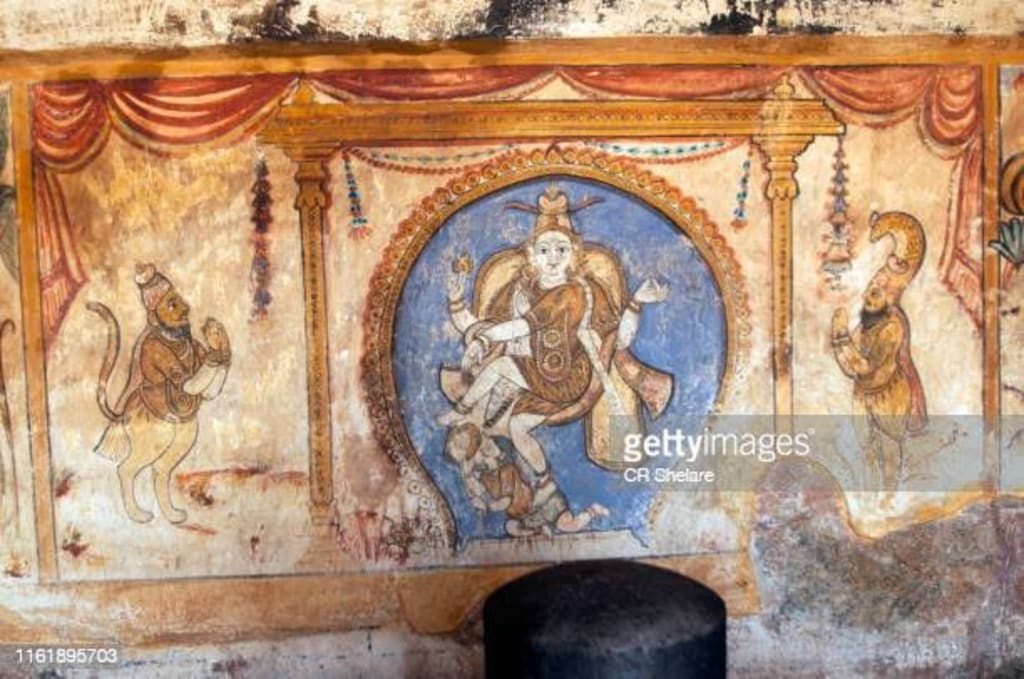
The history of the Cholas refers to the ancient dynasty that ruled over a significant portion of South India between the 9th and 13th centuries. The Chola dynasty was known for its maritime influence, administrative efficiency, military prowess, and patronage of the arts.
The Chola dynasty had its origins in the fertile region of the Kaveri River in present-day Tamil Nadu, India. The earliest known ruler of the dynasty was Vijayalaya Chola, who established the Chola kingdom around the 9th century. However, it was under his successors, particularly Raja Raja Chola I (reigned from 985 to 1014) and his son Rajendra Chola I (reigned from 1014 to 1044), that the Chola dynasty reached its zenith.
Raja Raja Chola I expanded the kingdom and laid the foundation for the Chola Empire. He is best known for his grand architectural marvel, the Brihadeeswarar Temple in Thanjavur (Tamil Nadu), which is now a UNESCO World Heritage site. Raja Raja Chola I also undertook extensive naval expeditions and established Chola control over Sri Lanka, the Maldives, and parts of Southeast Asia, including present-day Malaysia, Indonesia, and Thailand.
Rajendra Chola I, the son of Raja Raja Chola I, continued his father's conquests and extended Chola influence further. He launched successful military campaigns into the Ganges River valley, defeating the Pala dynasty and the Eastern Chalukyas, thereby establishing Chola dominance over a large part of the Indian subcontinent.
The Chola dynasty was renowned for its efficient administrative system. The empire was divided into several administrative units, with officials appointed at various levels to govern the regions effectively. Land revenue was the primary source of income, and efficient irrigation systems were developed to enhance agricultural productivity.
Trade and maritime activities played a significant role in the Chola economy. The Cholas had a powerful navy that protected their trade routes and facilitated maritime expeditions. They engaged in robust trade with other countries, particularly Southeast Asia, fostering cultural exchange and influencing the art, architecture, religion, and language of those regions.
The Cholas were also great patrons of art and literature. They encouraged the development of Tamil literature, and the period saw the flourishing of poetry, music, dance, and drama. The famous Tamil epic "Silappatikaram" was composed during the Chola period.
However, by the 13th century, the Chola dynasty started facing decline due to internal conflicts and external invasions. The Pandya and Hoysala dynasties took advantage of the weakening Chola empire and gradually annexed its territories. The final blow came with the invasion of the Delhi Sultanate forces in the early 14th century, leading to the end of Chola rule.
Despite the eventual decline, the Cholas left a lasting impact on South Indian history and culture. Their architectural achievements, administrative system, naval prowess, and cultural patronage have shaped the region's heritage and continue to be admired and studied today.
The Cholas were a prominent dynasty in South India that ruled from the 9th to the 13th century. They made significant contributions to various aspects of Indian society and left a lasting impact on the region. Here are some reasons why the Cholas are considered important:
Political Influence: The Cholas established a strong and efficient administrative system that helped in centralizing power and maintaining control over their vast empire. They implemented innovative administrative practices such as decentralized governance through local assemblies, efficient revenue collection, and a well-organized bureaucracy.
Maritime Power: The Cholas were known for their naval prowess and played a crucial role in expanding trade and maritime influence. They controlled extensive trade networks in the Indian Ocean and established diplomatic relations with Southeast Asian kingdoms. This maritime power brought wealth and cultural exchanges, contributing to the growth of art, architecture, and literature.
Architectural Marvels: The Chola period witnessed remarkable advancements in temple architecture. The Chola kings built magnificent temples, such as the Brihadeshwara Temple in Thanjavur, which is a UNESCO World Heritage Site. These temples were not
About the Creator
Charlee k
Peru Army Lover






Comments
Charlee k is not accepting comments at the moment
Want to show your support? Send them a one-off tip.